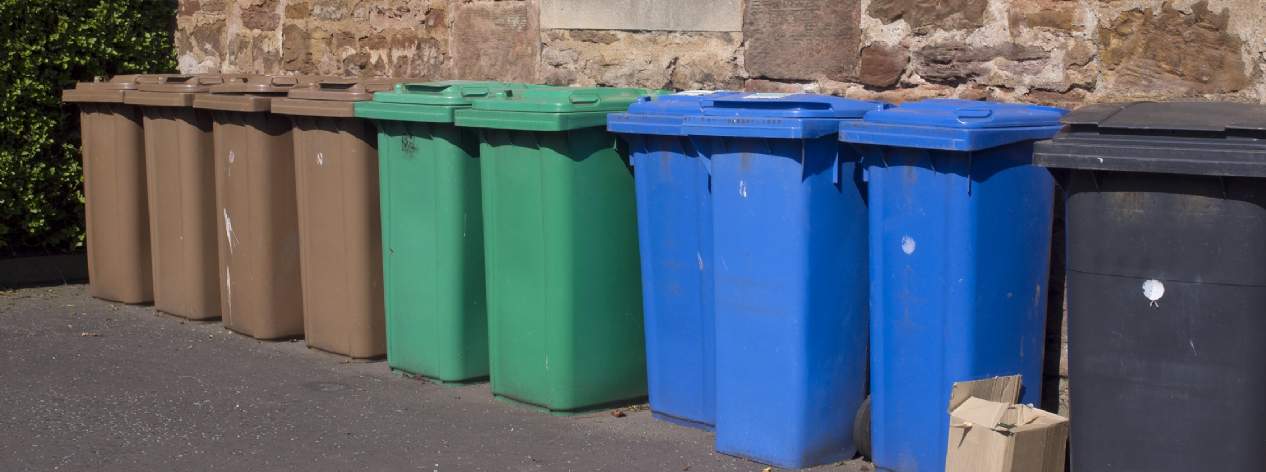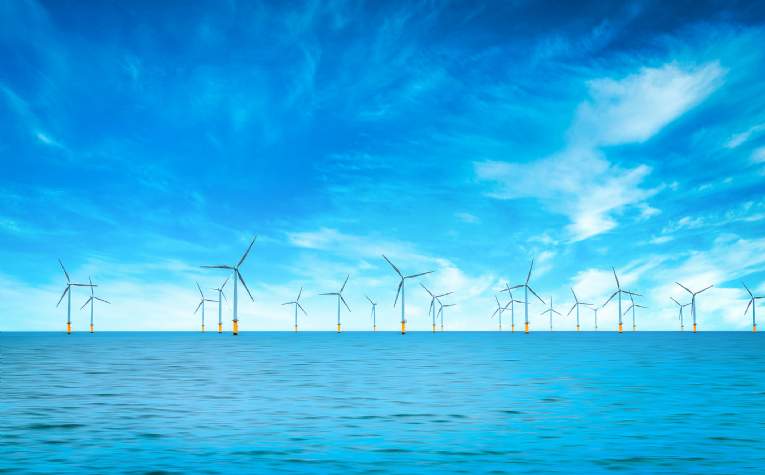Needless to say, quite a lot has happened since the first National Infrastructure Assessment (NIA) in 2018. As well as events such as Russia’s invasion of Ukraine and Covid-19, the UK is also five years closer to 2050, leaving only 27 years to achieve net zero ambitions. Infrastructure will be a key part of achieving those ambitions but, as the National Infrastructure Commission (NIC) points out, there is a lot of work left to do. Here are the six key takeaways from the NIA report.
1. Heating buildings
It will be electric that decarbonises our buildings, not hydrogen. Of all of the metrics the NIC used, hydrogen failed to outperform heat pumps in any. The Commission therefore recommends a major programme of investment into electrification of heat in buildings. As well as £3.2 billion a year until 2035 for public buildings and social housing, it recommends offering £7,000 to homes to switch to heat pumps. This is a similar amount to what is currently on offer through the Boiler Upgrade Scheme. The NIC did still back the use of hydrogen as a tool for heavy industry to cut emissions.
2. Energy security
The cost-of-living crisis was partly brought on by Russia’s invasion of Ukraine and its impact on the energy process. The UK’s meagre gas reserves left the nation vulnerable so the NIC proposes the creation of a new strategic energy reserve. It recommended legislation be introduced to give the secretary of state powers to establish and control this strategic reserve and that the Government takes action to develop a reserve that could be used to generate 25TWh of electricity in 2040 and to maintain it at this level after that.
3. Water
The average British citizen uses 145 litres of water each and every day. By 2050, the Government sees this being closer to 110 litres but the NIC wants to see more action to achieve that. It recommends Defra introduces measures to push compulsory metering beyond water stressed areas. It also advocates the systemic rollout of smart meters in a concerted campaign to reduce water demand. Flexible tariffs and education campaigns to help consumers understand their own consumption and the effect of water abstraction on the natural environment were also recommended.
4. Flooding
The NIC struggled to measure the progress made on flood risk because the Government currently has no quantifiable long-term risk reduction target for flooding beyond the current investment cycle. It recommended setting a target level of risk reduction would allow the Environment Agency to take a strategic approach across catchments.
To reduce the impacts of flooding, the NIC says the Government should require all new developments to be able to resist river and surface water floods with, at least, 0.5 per cent annual probability. By 2025, the Commission expects a long-term measurable target to reduce the number of properties likely to be flooded by rivers, or the sea, to be in place.
5. Environmental data
The environmental impact of infrastructure is currently handled on a project-by-project basis. According to the Commission, the evidencing process can take years and regularly duplicates recently gathered data, unnecessarily delaying projects. The NIC expects Defra to introduce a data sharing platform for environmental data as early as 2024 to speed up the development process. By the end of 2025, the Commission expects statutory consultees to develop a library of historic and natural environmental mitigations for different kinds of infrastructure.
6. Recycling and waste
Rishi Sunak recently committed to roll back a policy that would have seen households have seven separate bins. This has widely been dismissed as a non-existent policy, however the NIC still wants to see clarity and guidance on what is planned for recycling. For example, the consistent collections policy has been replaced by “simpler recycling” but it is unclear what this means and how this will work. By 2026, the NIC wants to see recycling targets for all local authorities and the expansion of the single use plastics ban.
The NIC also expects the Government to signal that unabated energy from waste is not a viable option in the long term. To do so, the Commission recommends a ban on future energy from waste plants which are not already in the local or national planning system, and which do not have plans for carbon capture.
What does it all mean?
These are just six stand-out recommendations. In addition to the above, the NIA delved into a wide range of areas including broadband, connectivity and transport. Each area requires investment, so it is unsurprising that the Commission called for £30 billion per year until 2040 in order to achieve the recommendations. That is just government funding. The NIC also wants to see private sector investment increase from around £30-40 billion over the last decade to £40-50 billion in the 2030s and 2040s. In a cash-strapped economy, it remains to be seen whether both private and public funds can withstand such short-term pain to realise the long-term gains.

.jpg)
.jpg)

.jpg)


